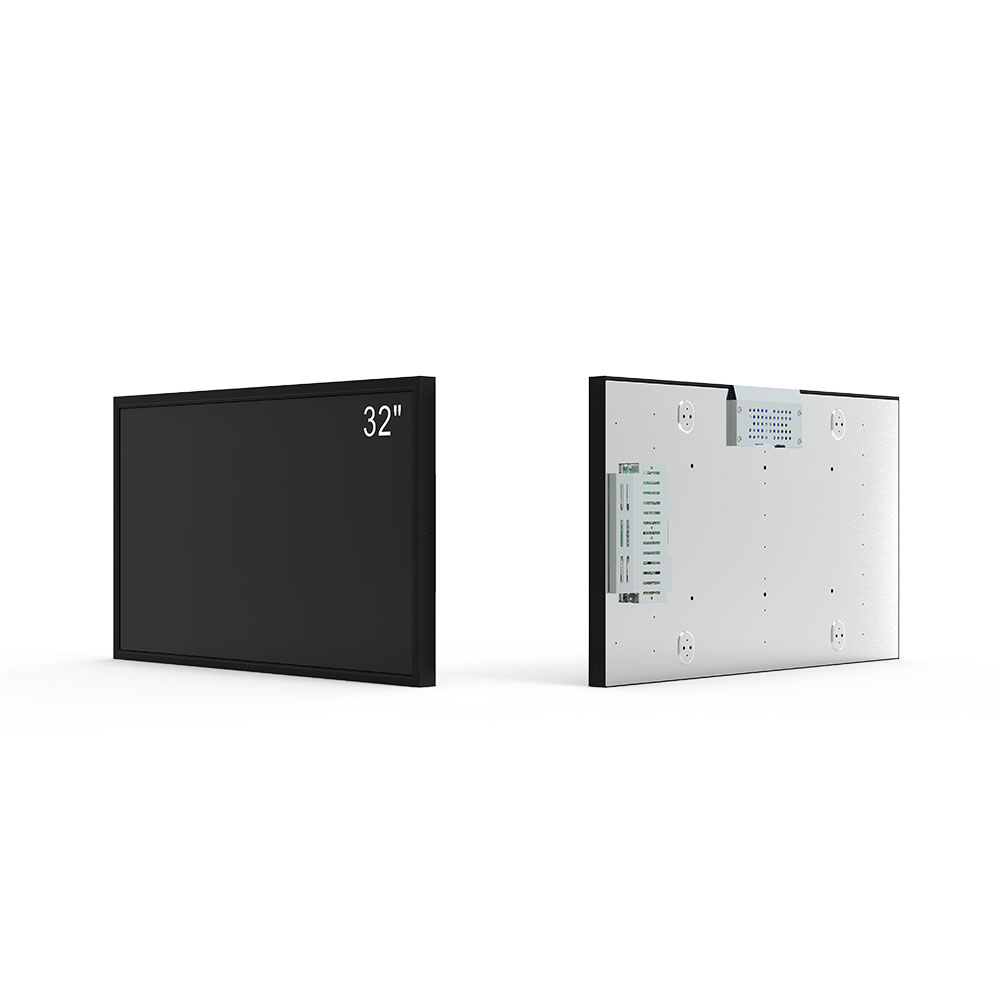- Home
- About Us
- Products
- News
- Video
- Contact
- Send Inquiry
Search
- Home
- About Us
- Products
- News
- Video
- Contact
- Send Inquiry

When selecting an outdoor LCD screen for high-brightness applications—such as digital signage in retail, transportation hubs, stadiums, or public information displays—it's essential to understand both technical specifications and real-world performance. These screens must withstand environmental extremes like direct sunlight, temperature fluctuations, humidity, and physical wear while maintaining clarity and reliability.
First, brightness is a critical factor. According to the Society of Motion Picture and Television Engineers (SMPTE), outdoor displays should ideally operate at a minimum of 5,000 nits of peak brightness to remain legible under direct sunlight. Some high-end models now exceed 10,000 nits, using advanced LED backlighting technologies such as local dimming or micro-LED arrays. For instance, Samsung’s The Wall and LG’s SIGNAGE OLED offer industry-leading brightness levels with superior contrast ratios, ensuring visibility even in harsh daylight conditions.

Second, viewing angles matter significantly. A wide horizontal and vertical viewing angle (typically 178°) ensures that content remains clear from multiple positions—a necessity in crowded urban environments. Technologies like IPS (In-Plane Switching) panels provide better color consistency compared to older TN (Twisted Nematic) panels, which degrade when viewed off-axis.
Third, environmental protection is paramount. IP65 or higher ratings are standard for outdoor use, meaning the unit is dust-tight and protected against water jets. This is backed by international standards such as IEC 60529. Additionally, some manufacturers incorporate thermal management systems—including passive heat sinks and active cooling fans—to prevent overheating in summer months or condensation in humid climates.
Fourth, durability must be considered. Outdoor screens often face vandalism, accidental impacts, or weather-related damage. Using tempered glass (e.g., Gorilla Glass or similar), aluminum frames, and shock-absorbing mounts enhances structural integrity. Case studies from cities like Singapore and New York show that these features reduce maintenance costs by up to 40% over five years.
Fifth, connectivity and software integration play a growing role. Modern outdoor LCDs support Wi-Fi, Ethernet, and 4G/LTE modules for remote content updates and diagnostics. Platforms like BrightSign, Xibo, and NovoPlay enable centralized management across thousands of displays—an essential feature for enterprise deployments.
Lastly, energy efficiency is increasingly prioritized due to sustainability goals. Energy Star-certified units consume less power without sacrificing brightness. For example, a 55-inch outdoor LCD with 8,000 nits brightness can achieve<200W power consumption through efficient LED drivers and adaptive brightness control based on ambient light sensors.
By evaluating these factors—brightness, viewing angle, environmental sealing, durability, connectivity, and energy efficiency—organizations can make informed decisions tailored to their specific application needs. Whether deploying in a tropical climate or a cold northern region, choosing the right outdoor LCD screen involves balancing performance, longevity, and cost-effectiveness.